Seemingly mundane and prosaic to outsiders, the Bulgarian capital – nestled partway between the Greek, Macedonian, Serbian and Romanian borders and the Black Sea - boasts more than beach-bound travellers may realise. With a laidback atmosphere, plentiful churches, parks and cafes, solely transiting through the purportedly prehistoric city may be an oversight. Let the facts do the talking and convince you – either for or against - spending time in Sofia. Consider the following reasons to visit Sofia.
To See Ample Churches, and ‘Religious Tolerance’
Even in the absence of ecclesiastical inclinations, visiting five of Sofia’s key churches – Alexander Nevsky Cathedral, Saint Sofia, Saint Nedelya, Saint George Rotunda and Saint Nikolay Chudotvorets – will walk you through architectural nirvana. Ambling from one to the next on a self-paced photographic excursion – or a free guided walking tour conducted by a Bulgarian university student well versed in all-things-local - can be achieved entirely on foot.
Muse over onion-shaped domes, envy gold rimming or simply soak up the aesthetic created by their prominence as features of the city’s skyline.
For further enlightenment, visit the Square of Religious Tolerance, a place in which churches belonging to diverse denominations can be found in close proximity. The experience can be truly ‘otherworldly’.
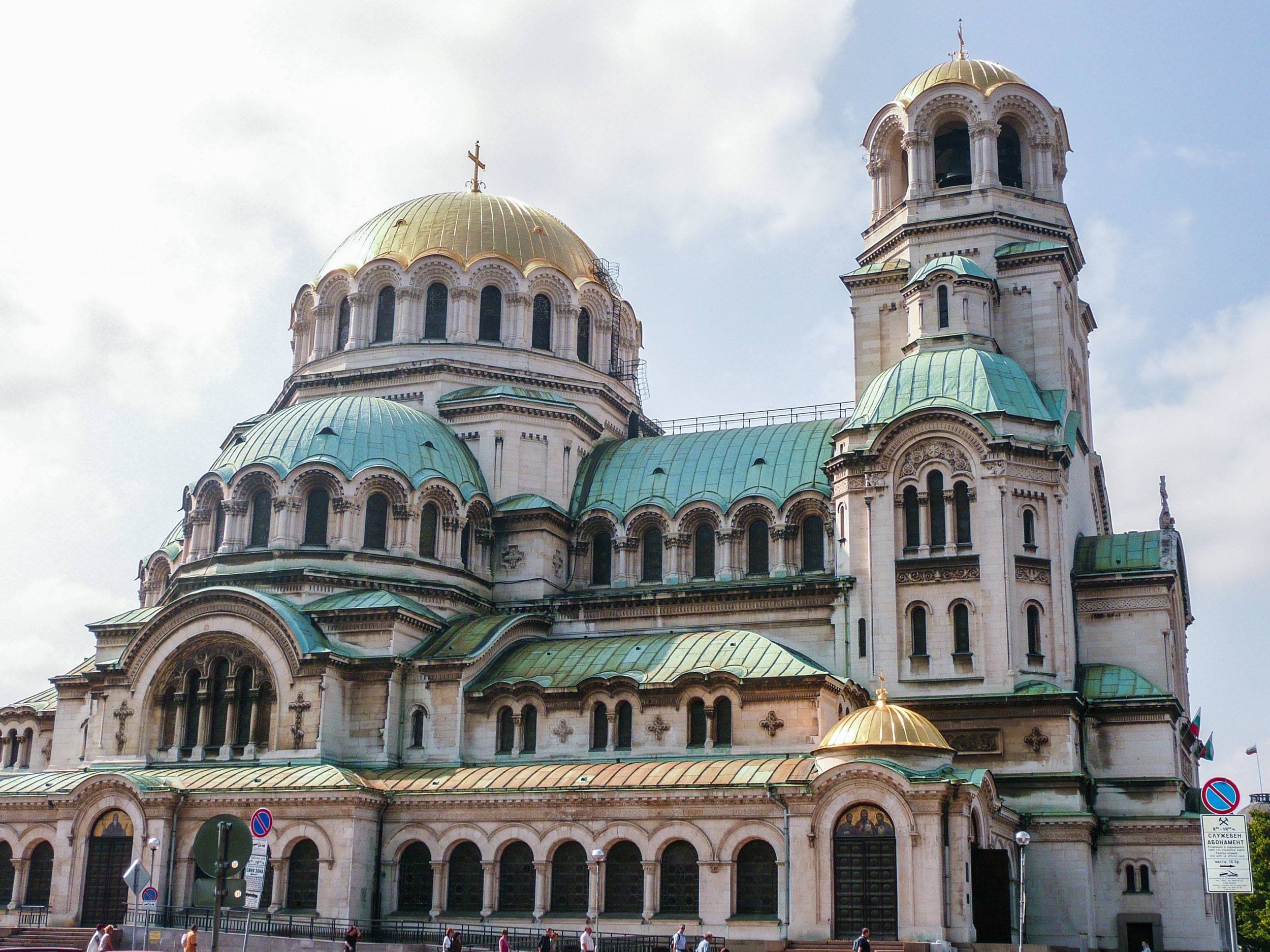
Which was my favourite church (in terms of architecture)?
Leaving my mouth agape was the Neo-Byzantine style of architectural sophistication seen in elements of Alexander Nevsky Cathedral. For photography addicts, one of the best times to visit (in terms of lighting) is around 10.00 am.
For those energetic at heart, jogging and bicycle riding tours are also available.
To Embrace its Holistic Park Culture
Never has there been a better time in history - with health, wellbeing and ‘wellness’ high on peoples’ agendas - to explore the outdoors.
Come summer, Sofia’s many city parks have sprung to life, filling day in day out with locals. Get a taste of culture by mingling with Bulgarians in Borisova Garden or Yuzhen, Zapaden and Severen Parks.
Watch a puppet show, or star gaze while being entertained by a Bulgarian classic playing on the big screen. Laze, gaze, or simply appreciate travel days by reflecting on your Bulgarian interlude, all while sitting on a rug, in the sun, devouring a slice of banitsa.
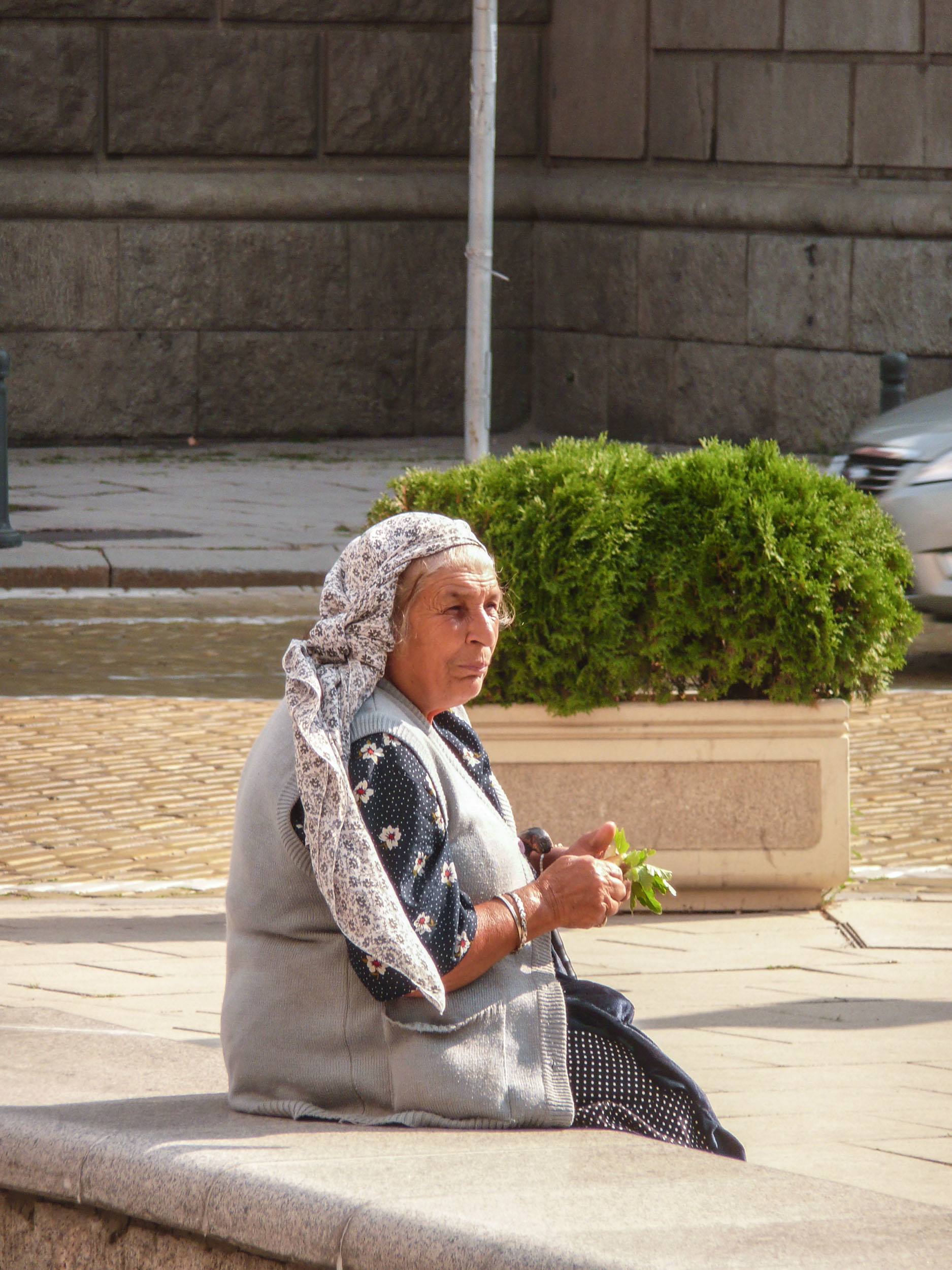
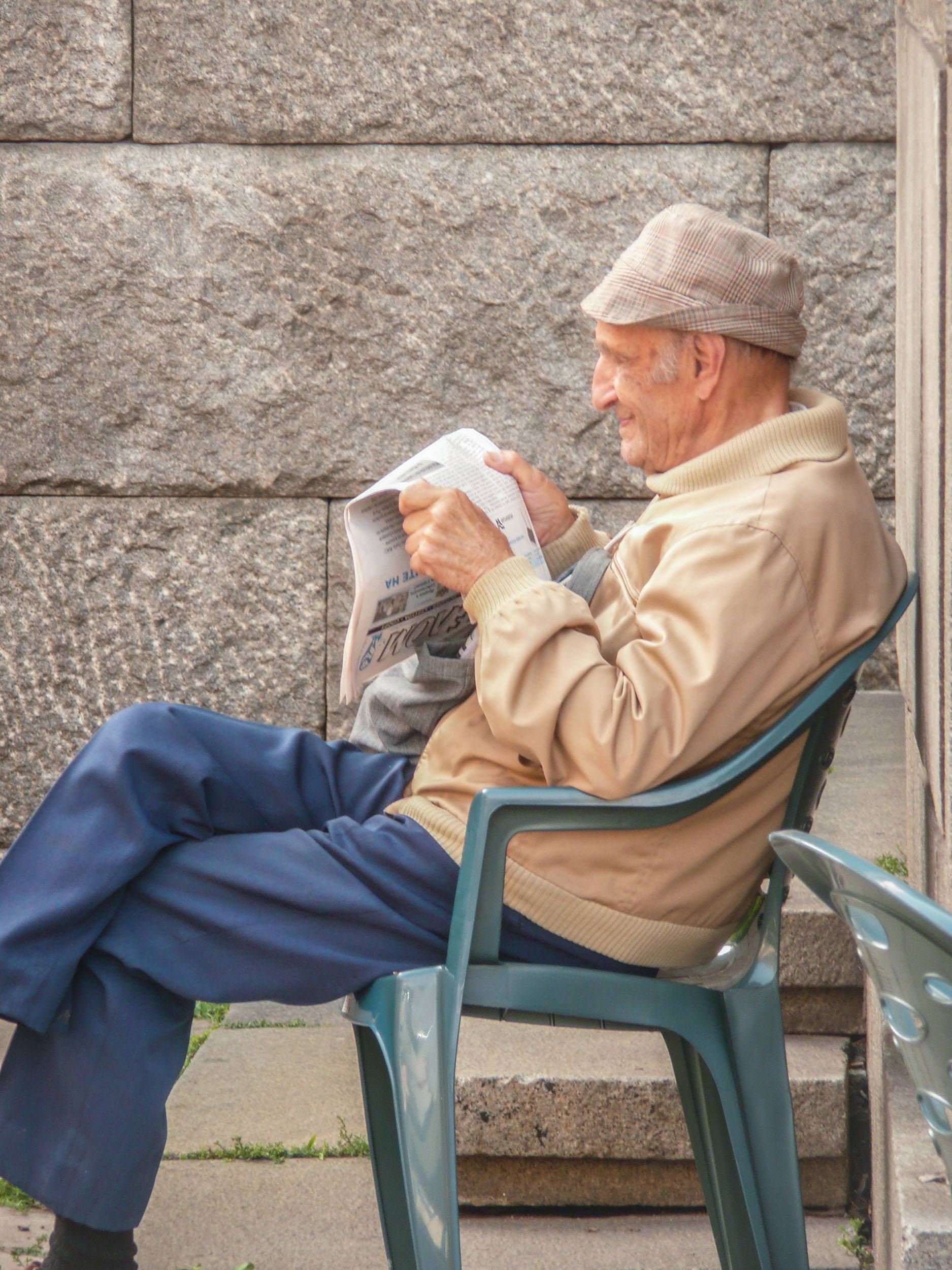
Where should you picnic?
For a list of the best summer locales Sofia has in which to unwind and bask in golden rays, see Culture Trip’s recommendation.
To Understand its National History
To really embrace the essence of Bulgarian society on your exploits further afield, outside city limits, gaining a basic understanding of historical and cultural perspectives at one of Sofia’s museums and galleries is key.
Like most European capitals, there is no shortage in options: from the National History Museum to the Museum of Socialist Art to the Sofia City Art Gallery, there are plentiful ways to pass time, spend some of your hard-earned travel coin and broaden your historical and cultural perspectives. History buffs will be particularly happy to arrive in Sofia – it’s a melting pot of Roman-cum-Soviet architecture and Ottoman-cum-Byzantine influence.
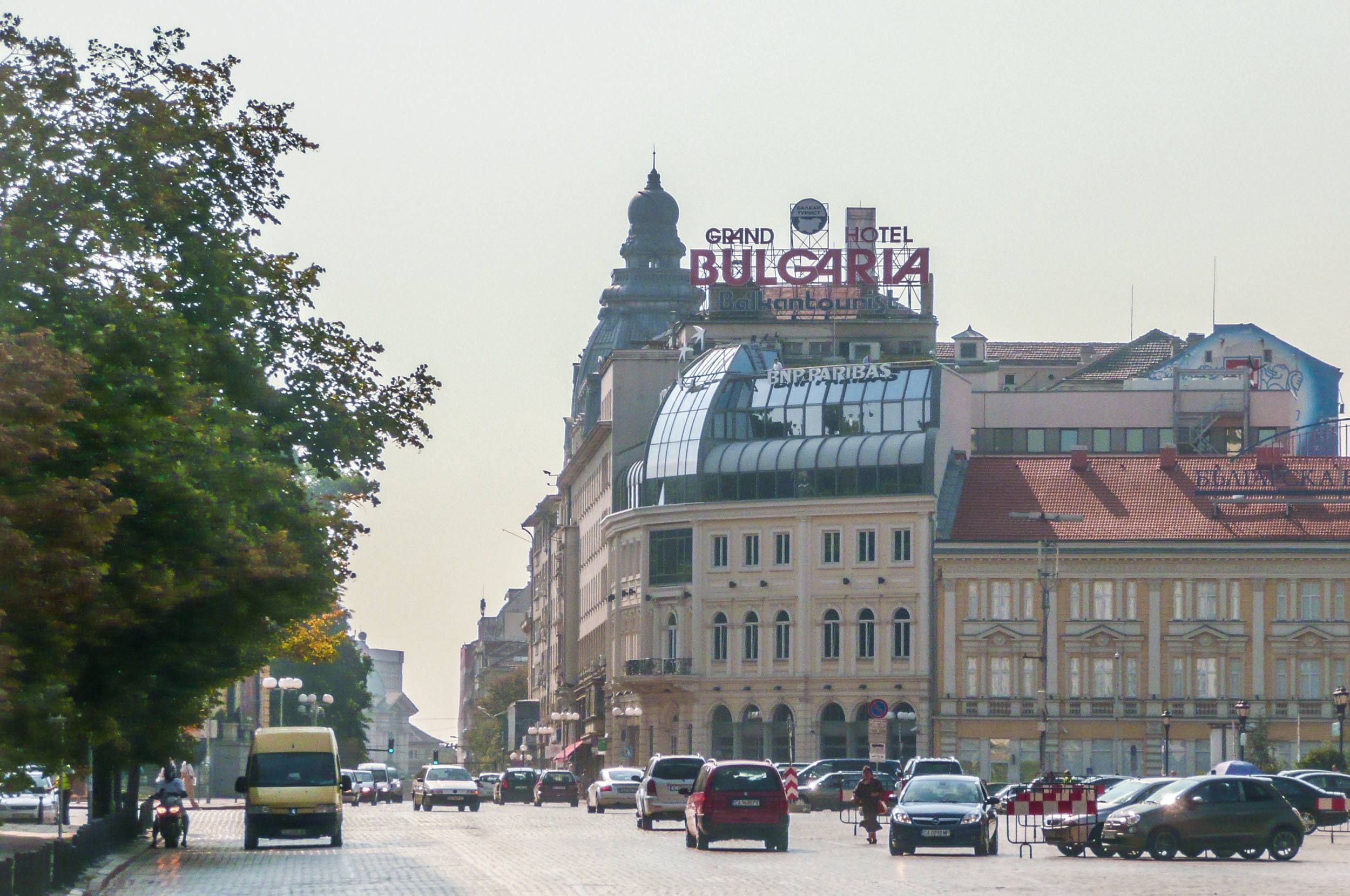
Which museum or gallery should you visit?
It may not be Rome but there are still an overwhelming number of museums and galleries from which to choose.
I personally enjoyed wandering by the seven hundred thousand exhibits in the National History Museum. It may not be everyone’s cup of historical tea but I think it’s one of the better value-for-money options in the city.
To Experience World Class Opera
To embrace your inner diva (yes, even for the men), and clothe yourself in world-class classical operas, a night at the Sofia Opera and Ballet is a must.
True aficionados (and those with a curious nature) can snatch tickets to internationally renowned performances for less than ten euros. If you’re lucky enough to be visiting during the summer months, head to a large park (and sometimes a medieval fortress) to catch a glimpse of the professionals at work.
What should you see?
I opted for a classic, however there are numerous shows to see, and the list changes regularly. Browse the selection at the Sofia Opera and Ballet and select something that piques your interest.
To Sample Sapid Balkan Cuisine
Like most European – and global – countries, food has deep roots in Bulgarian culture. It’s a social force that has, for years, bound people together.
From a meagre breakfast collected at a market to a multi-course traditional dinner surrounded by local diners, it’s food – at the end of long travel days - that will provide you with the truest and most authentic flavour of Bulgaria.
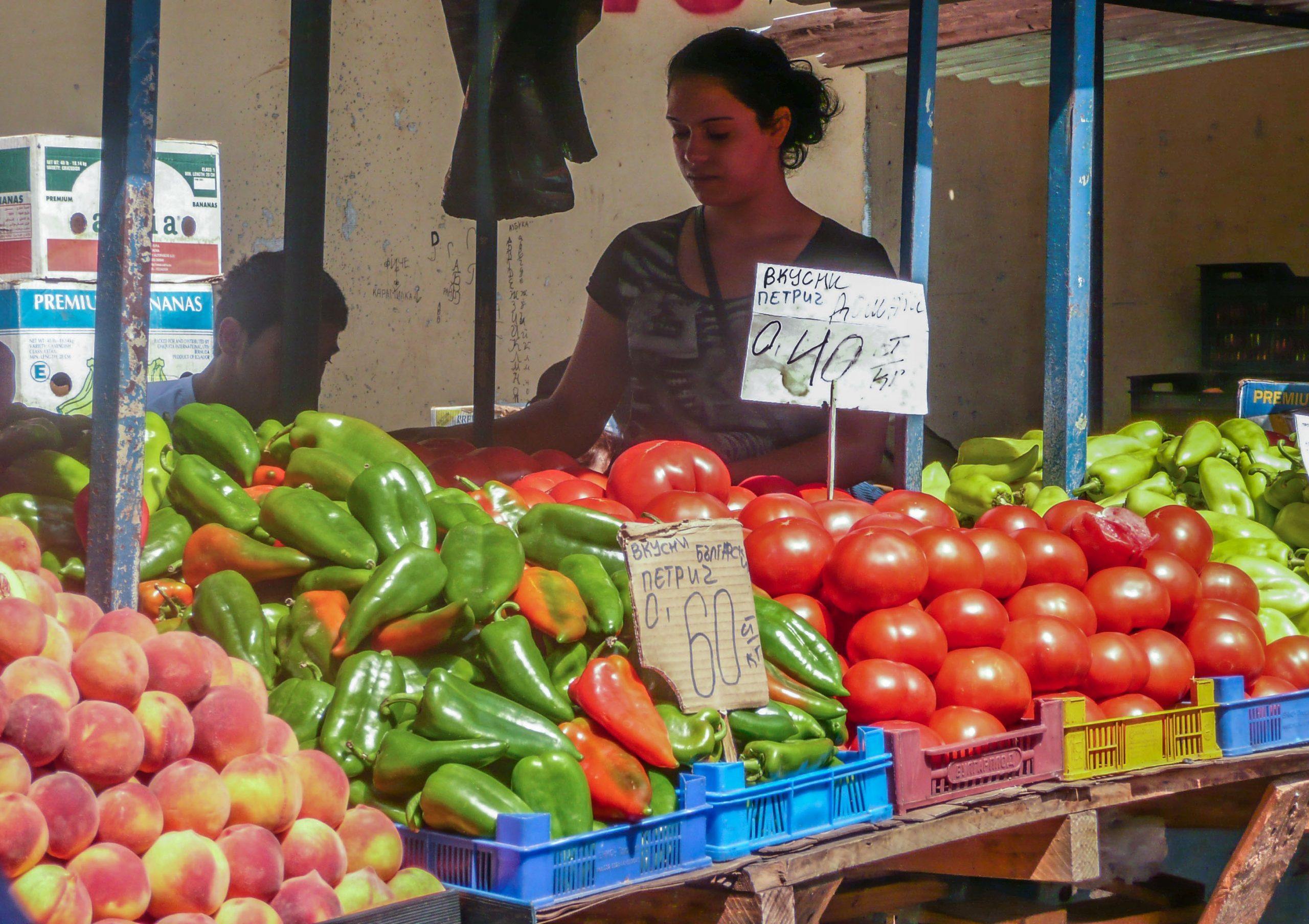
What should you try?
Made from buttery pastry that melts in the mouth and filled with cheese or cinnamon-sprinkled apples, banista are the most traditional breakfast option you’ll find.
For lunch and dinner, options are plentiful. Opt for a meat dense kebapche (with a side) or a shopska salata, a well-mixed combination of tomatoes, cucumbers, onion and peppers topped with grated cheese and sprinkled with parsley. Put it beside the Bulgarian flag and links to the spirit of true nationalism, uh-hum culture, may appear.





